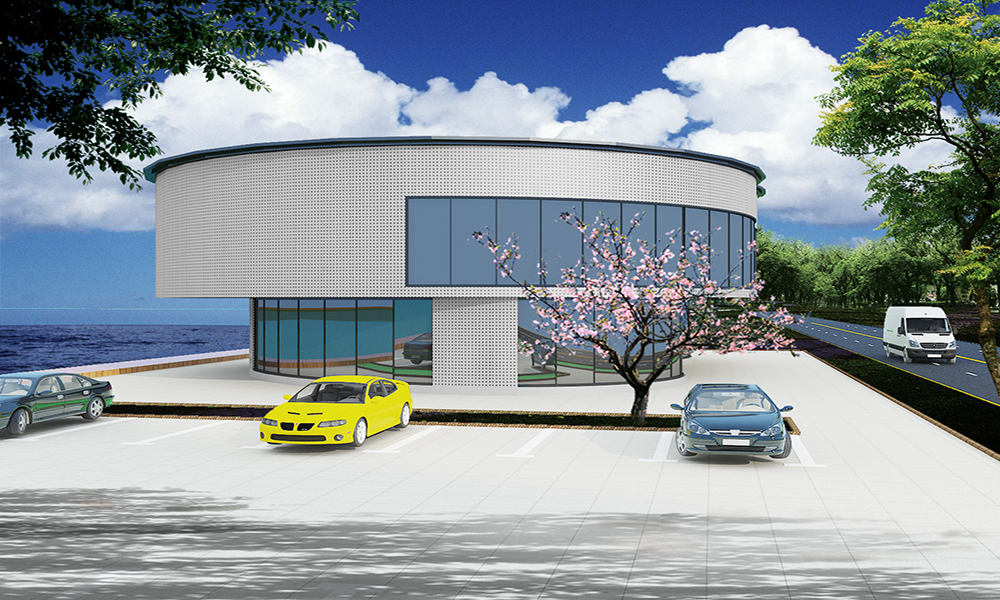Detail Management and Quality Enhancement in Steel Structure Processing

Steel structure processing is a complex and precise process involving multiple stages such as material selection, cutting, welding, assembly, surface treatment, and more. To elevate the quality of steel structure processing, meticulous detail management is paramount. Below is an in-depth discussion on detail management and quality enhancement in steel structure processing.
I. Material Selection and Management
1.Selection of High-Quality Materials:
The primary material for steel structures is steel. Selecting high-quality steel that meets national or industry standards is the foundation for ensuring product quality. The chemical composition, mechanical properties, and surface quality of the steel should be rigorously inspected to ensure they meet design requirements and the operating environment.
2.Supplier Management:
Establish a stable supply chain and select suppliers with good reputations and reliable quality. Regularly evaluate suppliers based on quality, delivery times, and after-sales service.
3.Material Inspection and Acceptance:
Each batch of incoming materials should undergo strict quality inspection, including chemical composition analysis and mechanical property testing. Only qualified materials should enter the production process to ensure the stability and reliability of product quality.
II. Detail Management in the Processing Process
1.Cutting Techniques:
Utilize advanced numerical control cutting equipment to ensure cutting precision and efficiency. Finely adjust parameters such as cutting speed and temperature to avoid cutting defects.
2.Welding Techniques:
Welding is a critical aspect of steel structure processing, and it is essential to ensure the forming quality and mechanical properties of welds. Welders should hold professional qualification certificates and strictly follow welding procedure specifications. Necessary post-weld treatments, such as stress relief and weld grinding, should be performed.
3.Assembly Techniques:
Before assembly, components should be cleaned and pretreated to ensure the cleanliness and smoothness of the assembly surfaces. Assemble strictly according to design drawings and process requirements to ensure the accuracy and stability of the components. Use appropriate connection methods and fasteners to ensure secure and reliable connections.

III. Surface Treatment and Painting
1.Surface Treatment:
Perform processes such as sandblasting and shot blasting on the steel structure surface to remove impurities such as oil and rust. Ensure that the treated surface meets specified roughness and cleanliness requirements.
2.Painting Techniques:
Select appropriate paint types and coating thicknesses based on the operating environment. Before painting, thoroughly stir and dilute the paint to ensure painting effectiveness. Use suitable painting equipment and techniques to ensure a uniform coating with strong adhesion.
IV. Quality Inspection and Acceptance
1.In-Process Inspection:
Set up multiple quality inspection points during the processing to monitor key processes in real-time. Take prompt corrective measures upon discovering issues to ensure product quality consistency and stability.
2.Finished Product Inspection:
Conduct rigorous quality inspections on produced finished products, including visual inspections, dimensional measurements, and performance tests. Ensure that products meet design requirements and relevant specifications, fulfilling customer expectations.
3.Acceptance Records:
Maintain complete acceptance records, including inspection data, acceptance results, and corrective measures. Provide a basis for subsequent quality analysis and improvement.
V. Continuous Improvement and Quality Enhancement
1.Quality Feedback Mechanism:
Establish a quality feedback mechanism to promptly collect customer feedback and opinions. Analyze and improve upon feedback issues to continuously enhance product quality and service levels.
2.Technological Innovation and Introduction:
Stay informed about industry trends and technological developments, actively introducing new technologies and methodologies. Enhance processing efficiency and product quality through technological innovation, bolstering enterprise competitiveness.
3.Personnel Training and Skill Enhancement:
Regularly conduct skill training and assessments for employees to improve their operational proficiency and quality awareness. Cultivate a highly skilled and professional technical team to provide robust support for quality enhancement.
In conclusion, detail management and quality enhancement in steel structure processing necessitate efforts in multiple areas, including material selection, processing, surface treatment and painting, quality inspection and acceptance, as well as continuous improvement. By strengthening detail management and technological innovation, continuously enhancing product quality and service levels, one can meet customer expectations and demands, realizing sustainable enterprise development.



